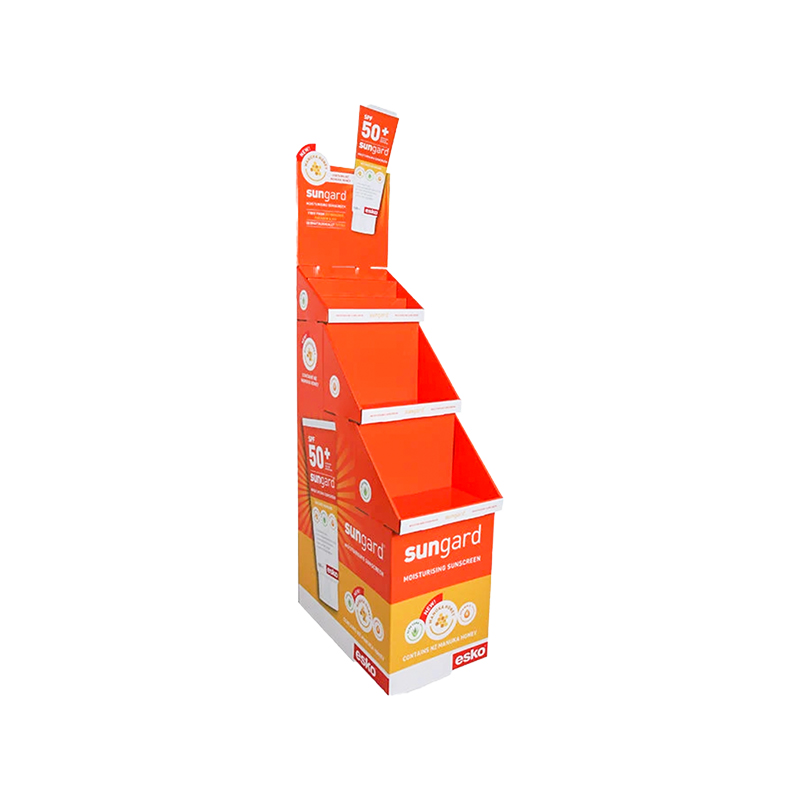-
 +86-0557-3781111 / +86-0571-56396277
+86-0557-3781111 / +86-0571-56396277
 +86-0557-3781111 / +86-0571-56396277
+86-0557-3781111 / +86-0571-56396277
Cardboard retail displays play a crucial role in the shopping experience, serving as both marketing tools and product showcases. The design of these displays significantly influences consumer behavior and product visibility, impacting purchasing decisions and overall sales.
1. Visual Appeal
The visual design of a cardboard display, including color, graphics, and layout, attracts consumers' attention. Eye-catching designs can draw shoppers toward products, encouraging exploration. High-quality graphics and vibrant colors can create a positive impression of the brand, enhancing consumer interest.
2. Height and Positioning
The height and positioning of displays affect how easily products are seen and accessed. Displays placed at eye level tend to receive more attention, while taller displays can create a sense of prominence for featured items. Strategic placement in high-traffic areas maximizes visibility and can lead to impulse purchases.

3. Information Accessibility
Well-designed displays provide essential product information clearly and concisely. When consumers can easily read details about features, benefits, and pricing, they are more likely to feel informed and confident in their purchasing decisions. Effective use of signage and labels can guide consumers through their choices.
4. Thematic Cohesion
Displays that align with seasonal themes or marketing campaigns create a cohesive shopping environment. This thematic approach can evoke emotional responses, enhancing the likelihood of engagement. For example, holiday-themed displays can stimulate festive feelings, prompting consumers to buy related products.
5. Interactive Elements
Incorporating interactive elements, such as QR codes or sample sections, can engage consumers more deeply. This interaction fosters a connection between the consumer and the product, increasing the likelihood of purchase. Engaging displays can turn passive browsing into active exploration.
6. Brand Identity Reinforcement
Displays that reflect a brand's identity through consistent colors, logos, and messaging help reinforce brand recognition. When consumers encounter familiar branding, it can evoke trust and loyalty, making them more likely to choose those products over competitors.
The design of cardboard retail displays significantly impacts consumer behavior and product visibility. By enhancing visual appeal, optimizing height and positioning, providing accessible information, and reinforcing brand identity, these displays can effectively attract and engage shoppers. As a result, well-designed cardboard displays can lead to increased sales and a more positive shopping experience. Understanding these design principles allows brands and retailers to create impactful displays that resonate with consumers and drive purchasing decisions.
Annhiu Address: Yishan Road and Qingshengou Road Intersection, Suzhou Economic Development Zone, Anhui, China
Tel: +86-0557-3781111
E-mail: [email protected]
Hangzhou Address: Building 3, No.286, Renliang Road, Renhe Street, Yuhang District, Hangzhou, Zhejiang, China
Tel: +86-0571-56396277
E-mail: [email protected]
Copyright © Hangzhou Shengpin Packaging Co., Ltd. All Rights Reserved.
